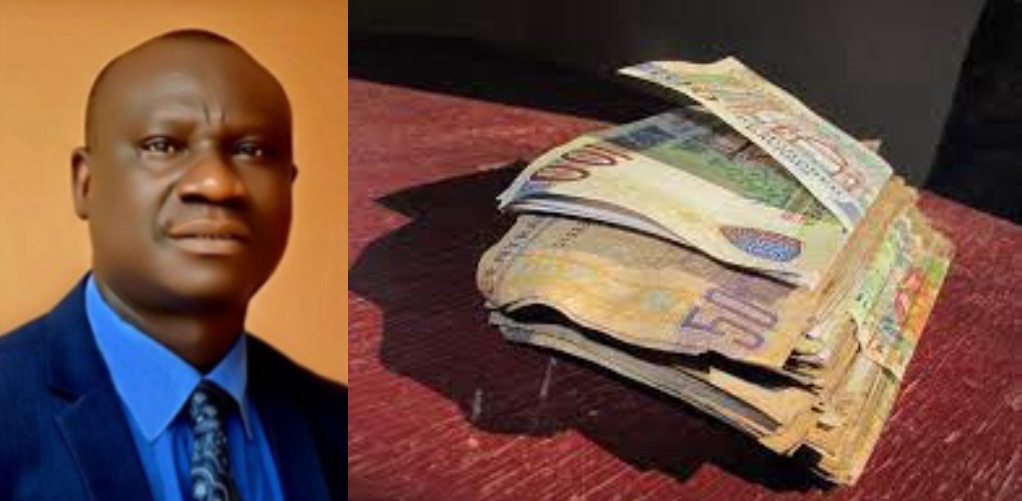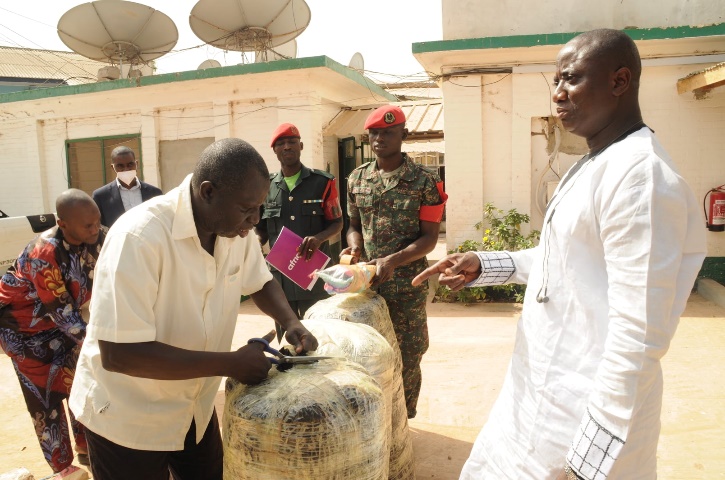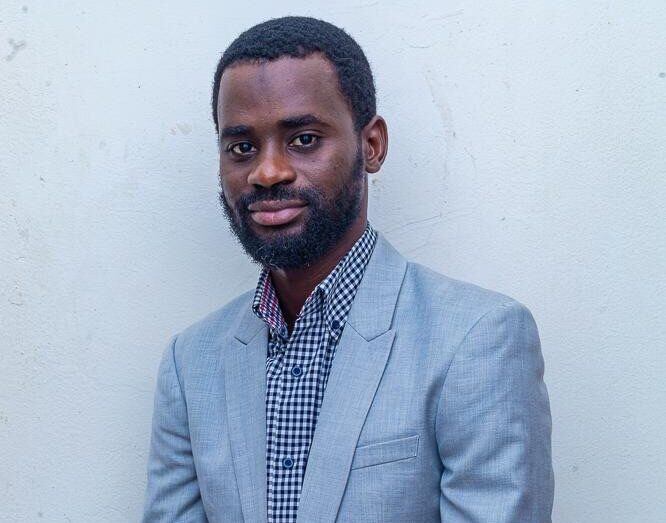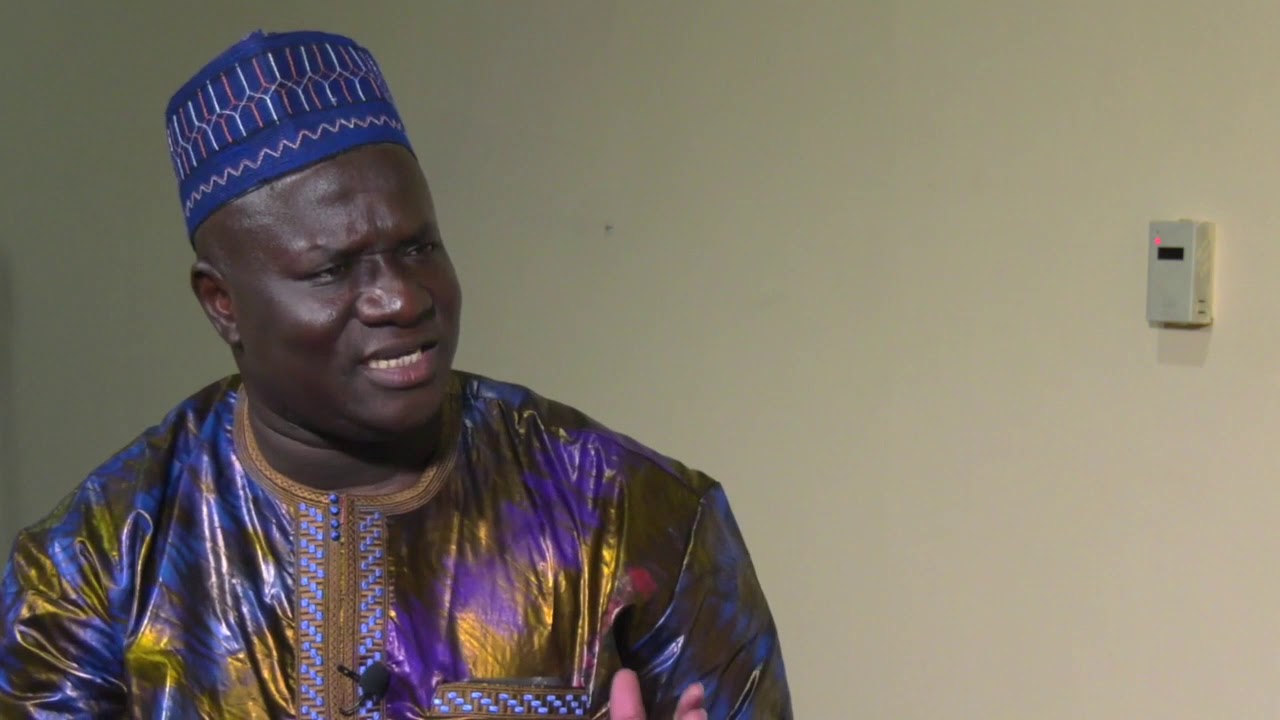By: Sandally Sawo &Haddy Touray

Economist Morro Gaye has maintained that replacing mutilated Dalasi notes is becoming elusive.
“Replacing our torn, ripped or damaged currency notes is becoming elusive,” lamented Mr. Gaye.
He wondered why such Dalasi bills should continue making rounds when new notes were introduced in 2019.
“Why are these damaged, mutilated or soiled currency notes still put in circulation even after the introduction of the new D100, D50, D20, D10 and D5 notes five years ago?” he queried.
To economist Gaye, the quality of the Dalasi banknotes in circulation are not worth a toilet paper.
“The poor quality of our banknotes currently in circulation is not even fit for use as toilet paper. They are unhygienic, soiled, and unfit for use in the economy. All denominations have serial numbers and other writings on the obverse and reverse of the notes rendered illegible. They are no longer fit for use as legal tender and must be withdrawn and replaced with new and fresh notes immediately,” he stated.
According to him, for a currency to become legal tender it must have the words ‘promise to pay on Demand” clearly written on the obverse side.
“And, because of the bad conditions of the bank notes, our old worn-out currency notes are no longer a legal tender. Many small businesses, petty traders, market vendors and even the local ‘Narr’ shops have started refusing to accept our money inexchange for goods or services. They are being rejected oblivious to any legal ramification or sanction from the central bank. As a result, a legal loophole has been created with immense economic and financial consequences for the bank,” bemoaned Gaye.
He emphasized that the Central Bank is the only mandated institution in the country to print and issue banknotes in circulation.

“It also has the responsibility to take unfit currency out of the system. The definition of unfit currency is a note that is not suitable for further circulation because of its physical condition due to it being torn, worn, limp, dirty, and defaced. The condition of some of our notes fit this definition and must be replaced with fresh and new notes without further delay,” he stated.
“There is no doubt that the central bank did not lack the resources or money to print new currency notes. Every year, the bank spent upwards of D14 billion towards the printing of new notes and releasing them into circulation. This has been a regular occurrence over the years. What is not regular is the eventual destruction of the old and damaged notes that were withdrawn from circulation permanently,” he added.
He recalled that the head of the Currency Unit at the CBG told one of the local newspapers last year that the apex bank had a strategy to remove the old bank notes and affirmed that there is a Clean Note Policy, which all the financial institutions under the purview of the central bank must observe or else face a penalty of fifty thousand Dalasi for refusing to accept old and dilapidated currencies for withdrawal from the system.
“According to him[currency unit head], over D3.5 billion worth of damaged notes have been withdrawn and replaced with fresh and new notes. A total of D7.1 billion has been injected into the system since the advent of the new note policy. It is one thing to withdraw the mutilated notes from circulation but it is also a completely different thing to ensure that those bad and damaged banknotes are permanently taken out of circulation and destroyed either by burning or shredding,” said Gaye.
“Today, one hardly hears about the destruction of damaged currency notes by the central bank. What we now hear from the grapevines is that many of those staff working in the Currency Department responsible for sorting and weeding out old currency notes have become noticeable millionaires overnight,” he added.
He claimed that lack of adequate security around the vault areas without functioning CCTV security cameras and inadequate records of serial numbers to track those damaged notes that are put back into circulation obviously has the potential to create opportunity for unscrupulous staff to engage in fraudulent activities.
“Putting damaged notes back into circulation for personal gains has heightened suspicion further.
“Thus, we would continue to question the rationale for recirculating mutilated and old notes into the system when top officials of the bank have been given the public endless promises since 2019 about the eventual withdrawal from circulation of all the old, soiled and delipidated banknotes. The prevalence of dirty banknotes in circulation erodes the sense of pride and confidence that Gambians should feel about our notes,” said Gaye.
According to him, there is an old saying that a weak currency is a symptom of a fragile and depressed economy.
“The continuous weakness of our currency is symptomatic of the fragility and prevalent mismanagement of the country’s wealth by few greedy public servants ready to do anything to enrich themselves,” he stated.
“If that is not the case now, why are we still stuck with YahyaJammeh’s portraits in our old notes commemorating 20 years of his rule as president of the Gambia? This was done in 2014, almost twenty years ago! Are the authorities at the central bank still don’t know what to do with these two decades old notes that have far outlived their life expectancy and usefulness?” he added.
He lamented that one of the things that The Gambia is synonymous with is the level of white-color crime “that is so pervasive in all aspects of our lives”. “To counter this negative notion, the central bank must set up an independent committee of people with sound ethical standards to become members of a newly setup Currency Destruction Committee responsible solely for the destruction of torn, worn-out and mutilated currency notes withdrawn from circulation,” he advised.
“This committee should be independent of any control from the central bank and its mandate should also include destroying counterfeit currencies as well. By setting up such a committee, the bank officials would be transparent in carrying out their responsibilities as the nation’s apex bank while promoting public confidence in the proper handling of dalasi banknotes. Public confidence could be restored when fresh, crispy and brand new currency notes fit for purpose are constantly replacing old, ripped and damaged notes from circulation,” concluded Gaye.





